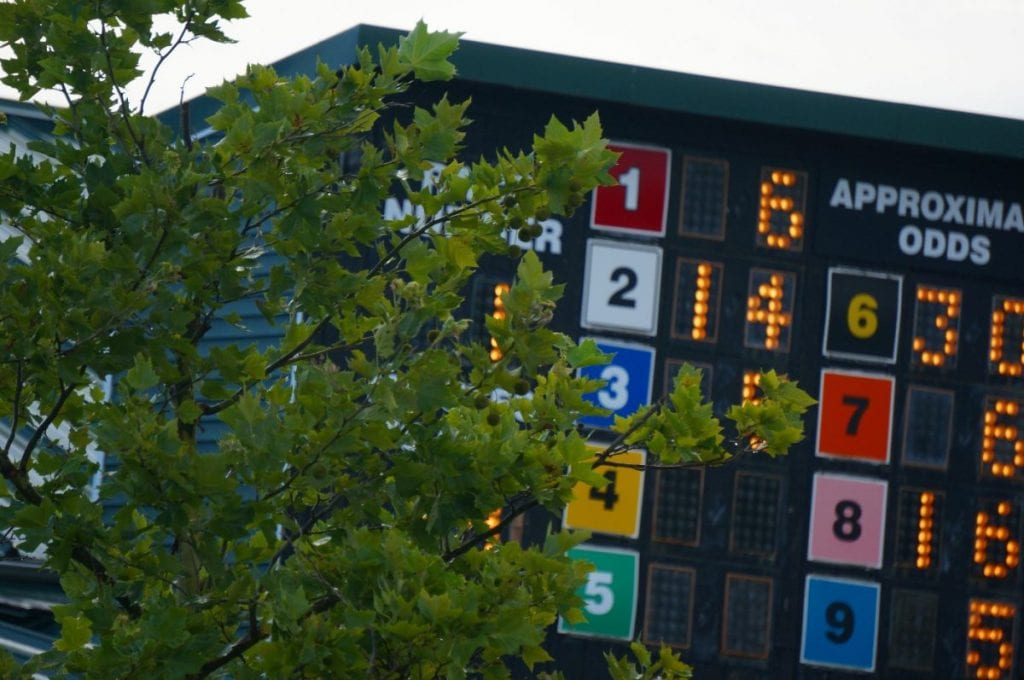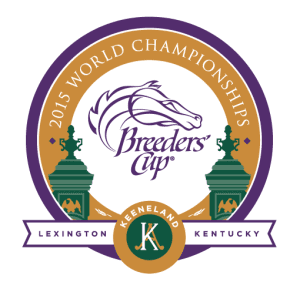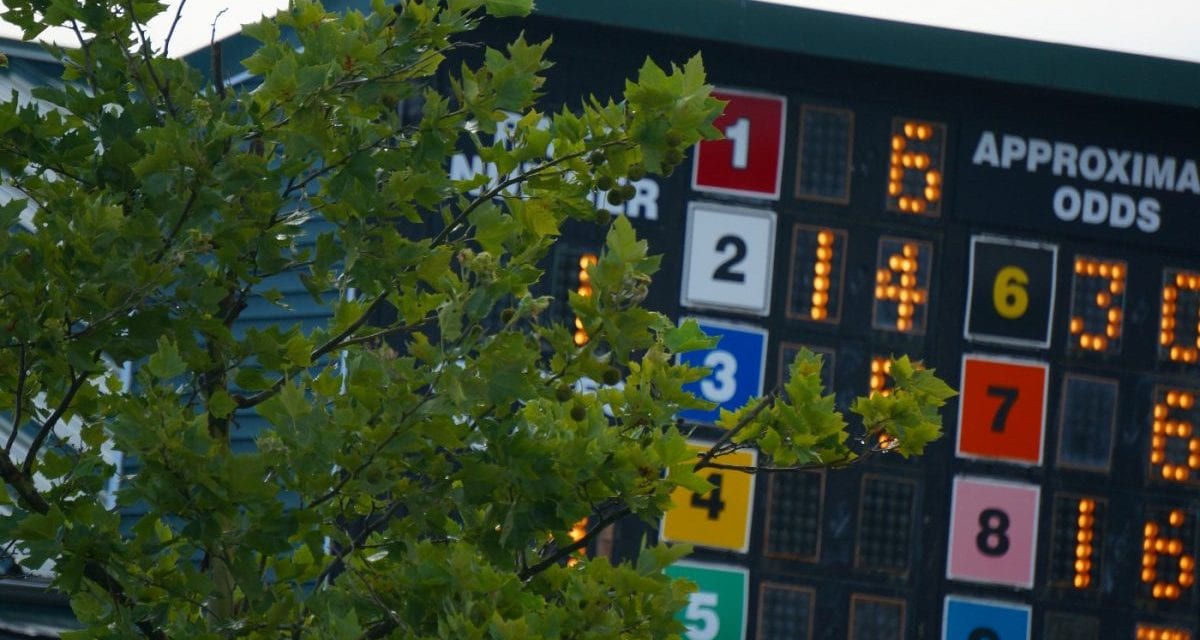
by Teresa Genaro
In some ways, Breeders’ Cup is just another racing weekend for Curtis Linnell. Like many observers of Thoroughbred racing, he’ll be watching the races, from home or in his office in Fair Hill, Maryland. He’ll have multiple screens and feeds around him, as will his colleague Laura Horah.
 But unlike those observers, Linnell will be watching more than what happens on the racetrack.
But unlike those observers, Linnell will be watching more than what happens on the racetrack.
Linnell is vice president of operations and wagering analysis for the Thoroughbred Racing Protective Bureau, which was established in 1946 as a private investigative agency to address issues of integrity and security in Thoroughbred racing. Owned by the Thoroughbred Racing Associations — which is a “commission of racetracks” — the organization’s mission is to work with racetracks “to maintain high standards, protect the legitimate business interests and integrity of the sport, and foster and maintain public confidence.”
It’s hard to talk about racing integrity and the Breeders’ Cup without recalling the Pick 6 scandal of 2002, in which tickets were altered after the fourth race, resulting in a bonanza when longshot Volponi won the Classic at odds of almost 44-1. The incident, which led to prosecution and a year in prison for its ringleader, resulted in changes to the way wagers are reported, but it alone didn’t, said Linnell, lead to greater focus on the Breeders’ Cup as an opportunity for betting shenanigans. It did, he admits, “heighten sensitivity” to the vulnerability of wagering systems.
The work of the TRPB begins long before the betting windows open. The designer of the system by which Thoroughbreds are tattooed in North America, the Bureau keeps on hand extensive information about every horse it tattoos, including a photograph of the marking that can be and is often accessed by both owners and track horse identifiers.
At the Breeders’ Cup, international horses may not be tattooed, so the TRPB compiles a list of the horses on site that won’t have tattoos, with particular focus on horses that haven’t previously raced in North America to ensure that the horse entered is the horse that appears on race day.
“You can see vulnerabilities,” he said, “when not all horses have tattoos and can be absolutely identified. It’s not necessarily worthy of additional suspicion, but it’s good to know which horses aren’t tattooed.”
On race day, Linnell and Horah, the organization’s senior wagering analyst, will operate from separate locations—one from the office, one from home—observing track feeds and the NBC broadcast.
The team realized the importance of watching the broadcast following the 2010 Breeders’ Cup Ladies Classic, when jockey John Velazquez told Jerry Bailey on ESPN that Life at Ten wasn’t warming up well. While the racing public had that information about her condition, few people on track or in the press box did, especially given the low adoption rate of Twitter by racing media at that point. The news spread on Twitter among fans like a tip on a Todd Pletcher two-year-old, but only a few turf writers and broadcasters were following along.
Now, one of those multiple screens that Linnell and Horah monitor is tuned to Twitter and the approximately 70 accounts that that organization follows, a practice they began last year.
They have wagering accounts open, too, scanning for wagering patterns, and they keep their eye on an in-house platform, which tracks odds and wagering and compiles the information in a database for every race. It’s programmed to send out an alert when it recognizes any action that seems aberrant or unusual. Among its tasks to generate cyclical odds and probable payouts, comparing them to the actual track payouts.
After the end of a racing card, TRPB analysts will examine the wagering at all TRA tracks, looking especially at inconsistency in payouts and for correlations between spikes in handle and associated spikes in cashing.
For the first time this year, odds will update every 30 seconds, at least in part at the behest of the TRPB, which has worked with tote companies to make that possible. Last year at Santa Anita, odds were updated every 45 seconds.
“More cycles mean more data, and more data means more things to watch,” said Linnell. “The more frequent the updates, the more stable the odds become because there are smaller movements between updates.”
The TRPB currently monitors sources of more than 70% of this weekend’s handle, and it expects that by next year’s Breeders’ Cup, it will have access to more than 90% of the handle sources, including those offshore and in other countries.
The access permits the TRPB to determine quickly the source of any unusual activity, such as an unusually large wager or an unexpected amount of wagering on a particular horse.
One of the changes made since the 2002 incident is that wagering hubs now track live tickets race by race and transmit them to the host leg by leg. Before the change, live tickets were transmitted only after the fifth leg so that probable payouts could be calculated.
In addition to their own investigations, the TRPB looks into situations based on tips from the betting public and in response to queries from on-track tote managers and officials.
And should Linnell and his team find reason for concern, their first contacts are with the track itself and the local racing commission.
Though fans and gamblers can be quick to suspect fraud, Linnell says that actual instances of chicanery are rare. And despite the shadow of 2002, and despite the scrutiny that he and Horah will give it this weekend, the Breeders’ Cup offers no more opportunities for cheating than any other race day.
“We spend more time on the Breeders’ Cup because we’re interested in it,” he said. “It’s not because threat-wise anything is more likely to happen.”
“In fact,” he added, “it’s probably less likely because it’s in spotlight.”








